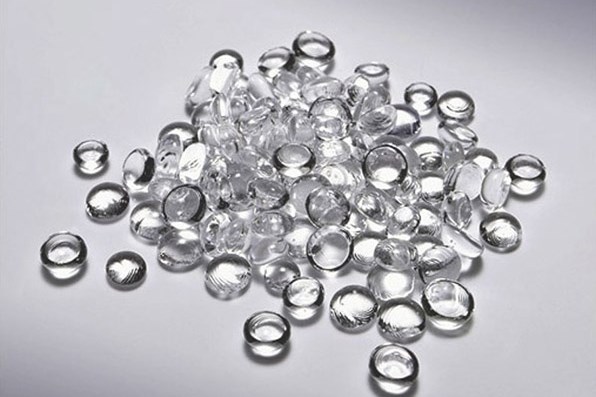Topas COC Earns Certification as Recyclable Material in Europe
Topas Advanced Polymers’ COC now certified as a recyclable polyolefin in Europe, and North America is next.
Germany’s Topas Advanced Polymers has announced that its Topas cyclic olefin copolymer (COC) products have earned certification as recyclable materials by the European independent testing lab, Institut cyclos-HTP, based in Aachen, Germany. Topas materials are the first COC resins in the industry to be deemed recyclable with PE and PP for film and injection molding uses.
Said Wilfried Hatke, Topas’ sales and marketing manager, EMEA, “This designation (Topas as a recyclable polyolefin) is a major development for brand owners, manufacturers, and processors who seek recycled packaging solutions to meet today’s sustainability needs. COC is a key enabler and opens many opportunities in shrink labels for decoration and other applications such as polyolefin-based high-barrier films and recyclable pouches.”

The findings by Institut cyclos-HTP conclude that COC can be considered as valuable material in post-consumer LDPE, mixed polyolefin, and PP recycling streams. Consequently, PE and PP formulations modified with COC can be considered fully recyclable in their respective waste streams. Moreover, in view of the fact that current multilayer packaging usually contains PET, nylon 6, or other polymers required for a functional package, COC with its intrinsic stiffness and barrier properties can help to develop attractive, functional, and fully recyclable polyolefin solutions.
According to Tim Kneale, president of Topas Americas/Polyplastics, Farmingldale, Mich., North America is next. "We have multiple test protocols in progress."
Related Content
-
Prices for All Volume Resins Head Down at End of 2023
Flat-to-downward trajectory for at least this month.
-
Prices Up for All Volume Resins
First quarter was ending up with upward pricing, primarily due to higher feedstock costs and not supply/demand fundamentals.
-
Fundamentals of Polyethylene – Part 3: Field Failures
Polyethylene parts can fail when an inappropriate density is selected. Let’s look at some examples and examine what happened and why.





